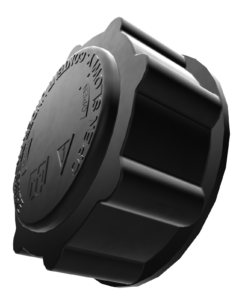
Radiator caps and expansion caps are two different but equally important components of the cooling system. The radiator cap is located on the top of the radiator, while the expansion cap is typically located on the coolant overflow or expansion tank.
The radiator cap is designed to seal the radiator and create pressure within the cooling system. As the engine heats up and the coolant expands, the pressure in the cooling system increases. The radiator cap is responsible for regulating this pressure and preventing the coolant from boiling over or escaping from the radiator. A faulty or malfunctioning radiator cap can cause the engine to overheat, which can lead to serious engine damage or failure.
Expansion caps, also known as pressure caps, perform a similar function. They are designed to maintain the correct pressure in the coolant system, typically between 10 and 15 pounds per square inch (psi) (between 0.7 and 1.0 bar). This pressure helps prevent the coolant from boiling, which can cause air pockets in the system and reduce the coolant's effectiveness. In addition, expansion caps allow the coolant to expand as it heats up, preventing it from overflowing from the radiator or other components.
It is important to regularly inspect and maintain these caps to ensure that they are functioning properly to avoid costly engine damage or failure.
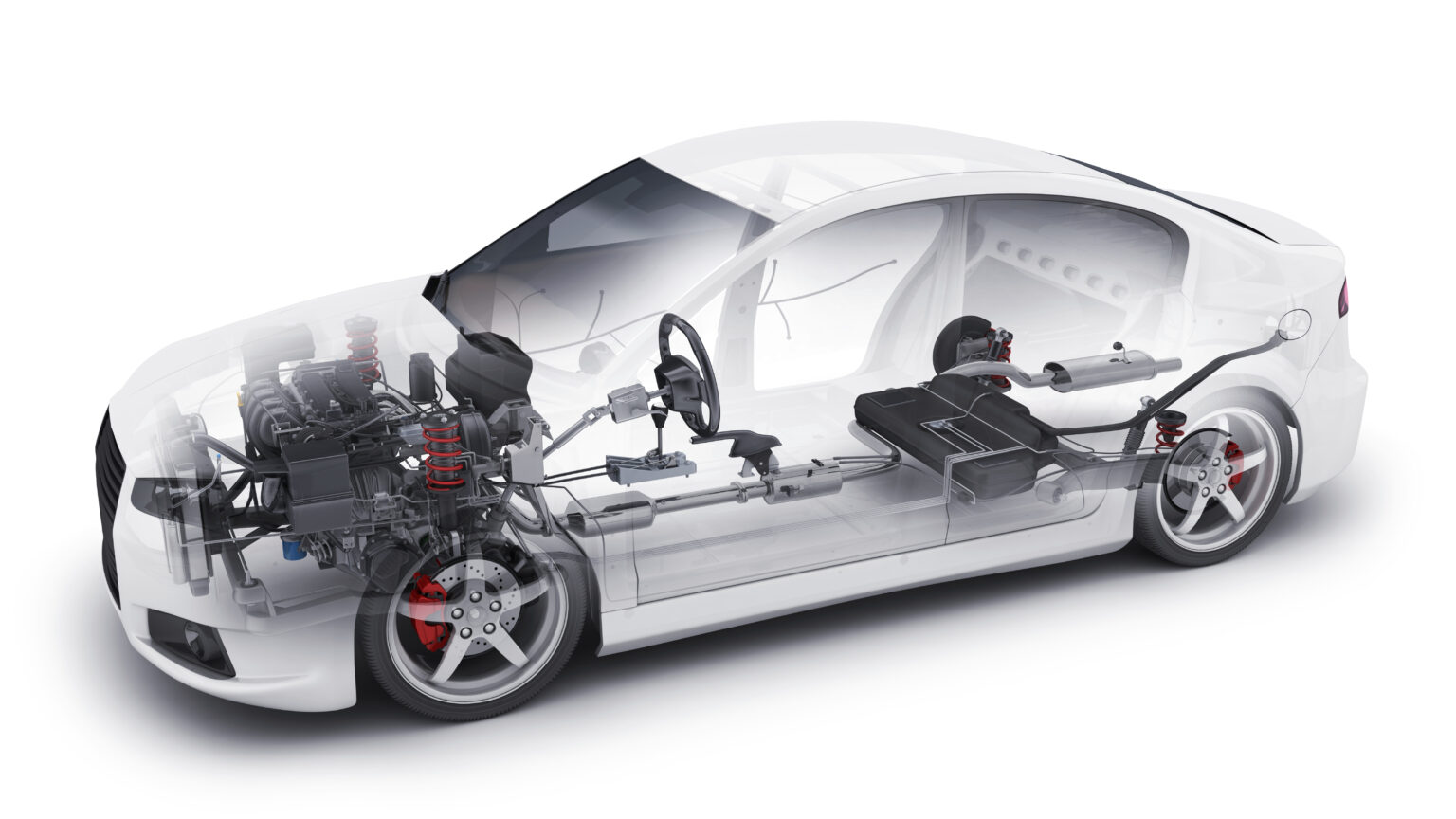
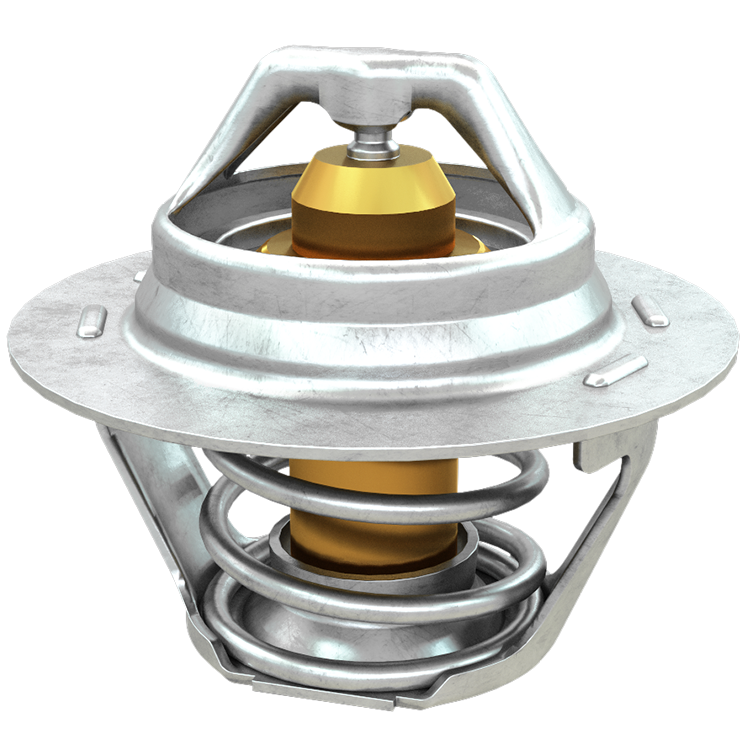
Standard Thermostat
1 of 17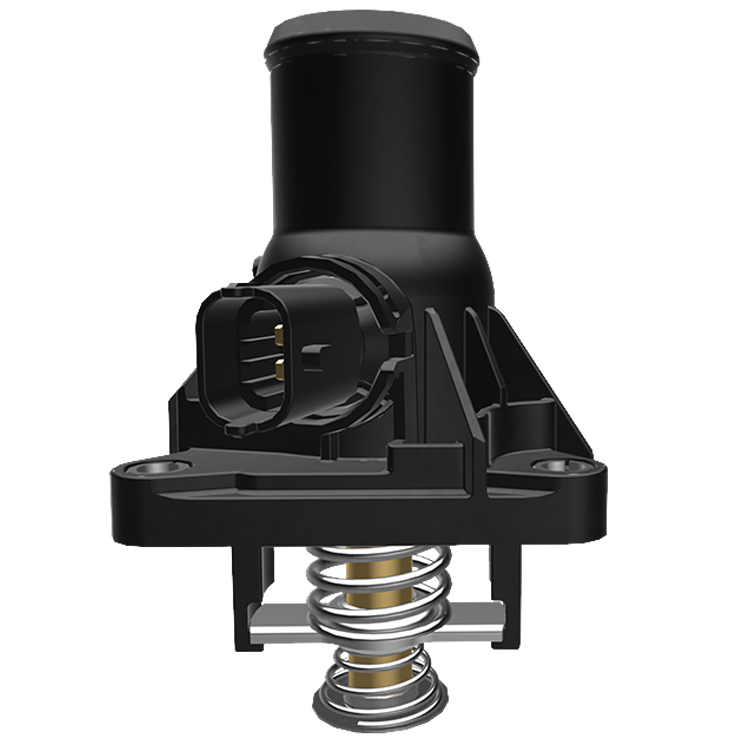
Map Thermostat
2 of 17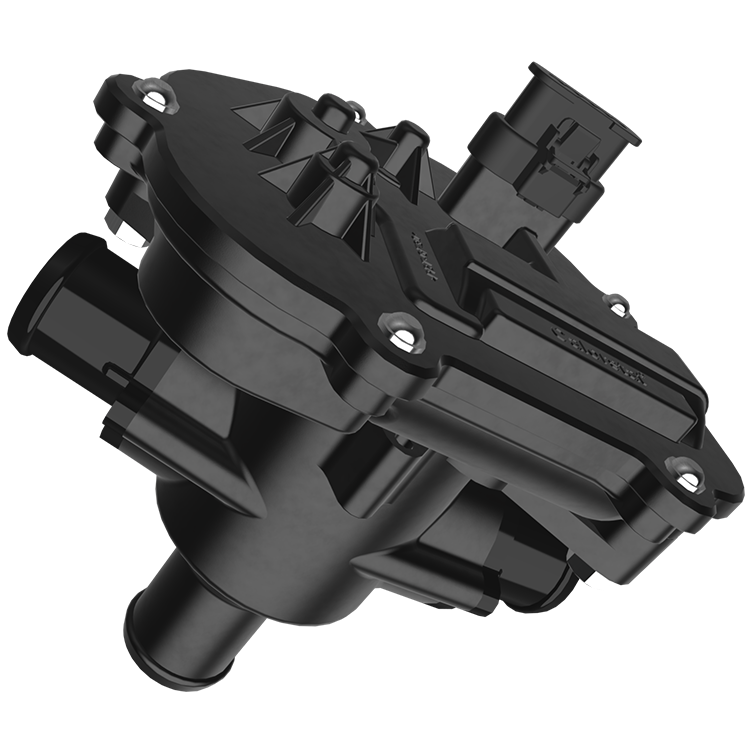
Motorized Thermostat
3 of 17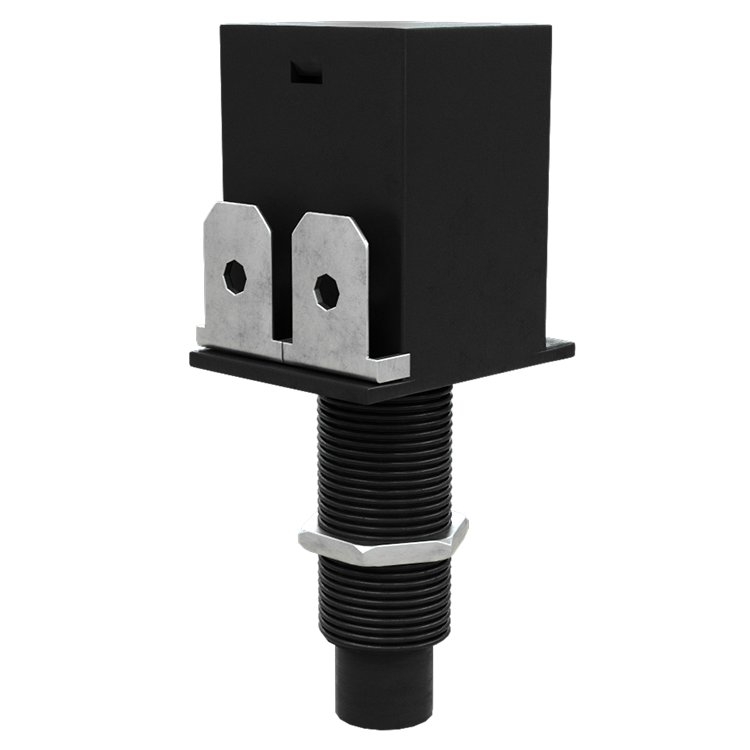
Brake Light Switch
4 of 17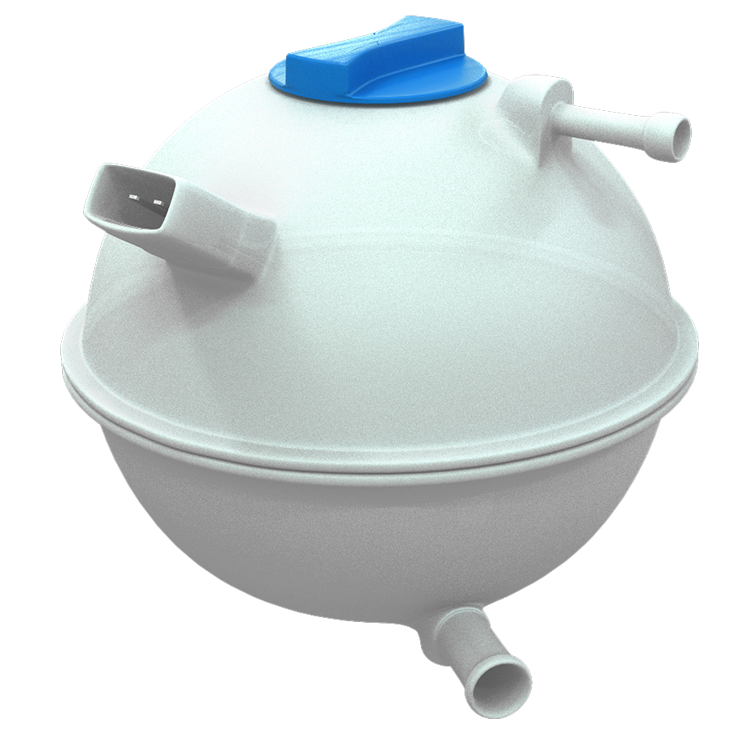
Expansion Tank
5 of 17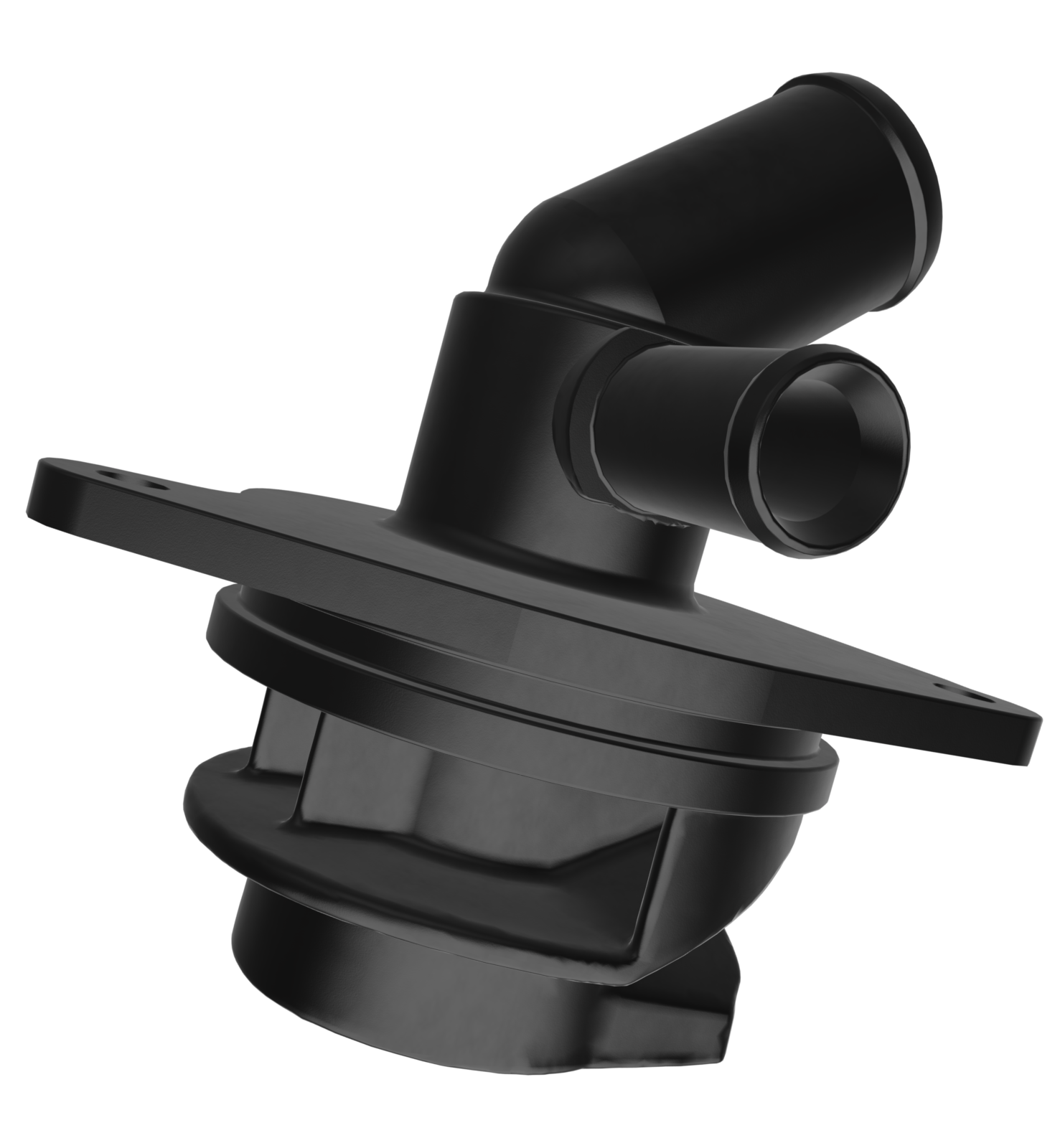
Water Flange
6 of 17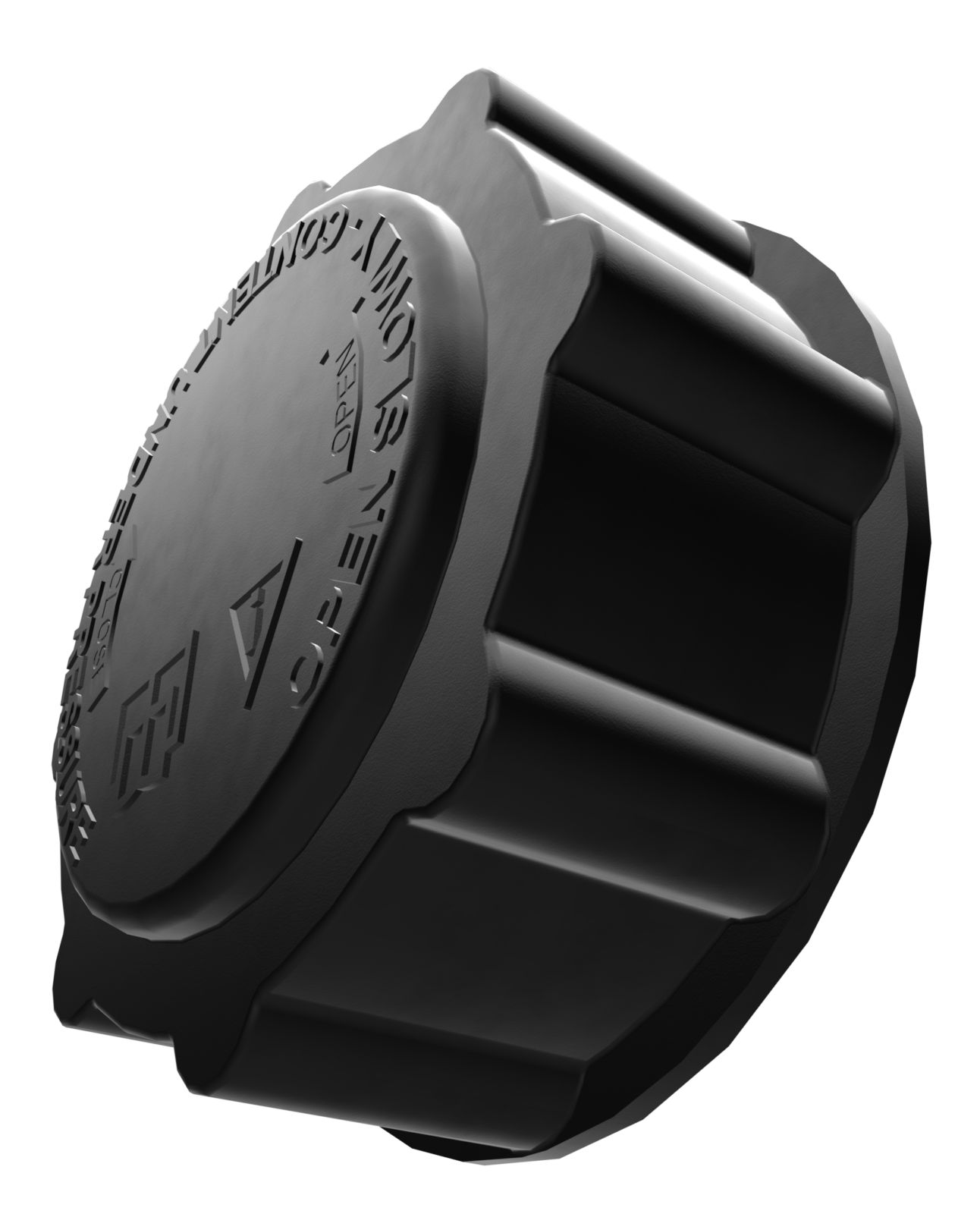
Radiator Cap & Expansion Tank Cap
7 of 17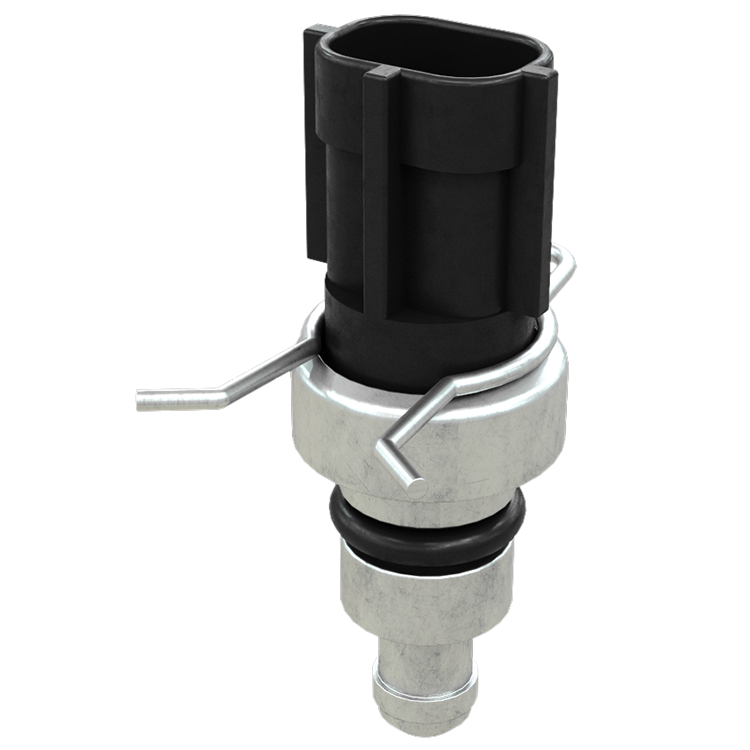
Water Temperature Switch
8 of 17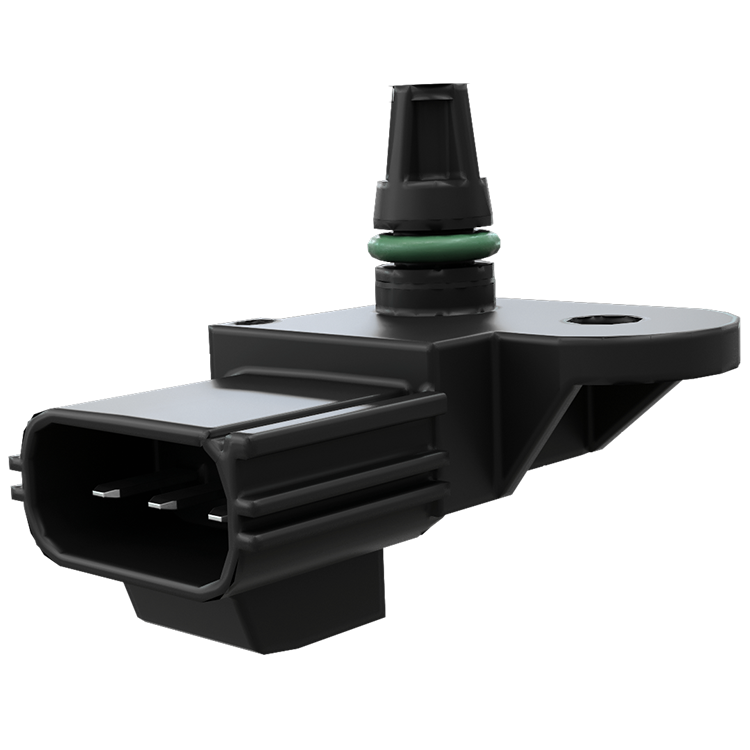
Map Sensor
9 of 17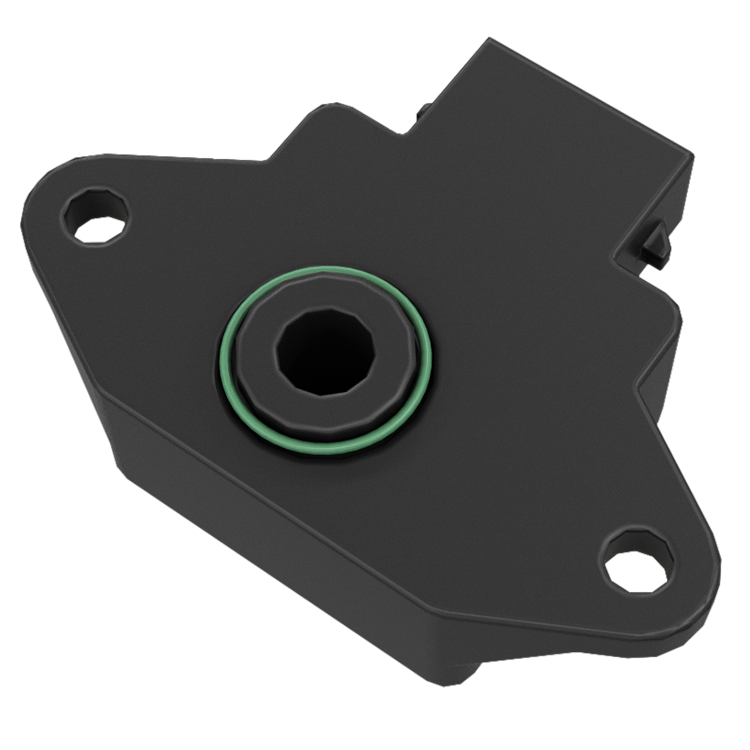
Throttle Position Sensor
10 of 17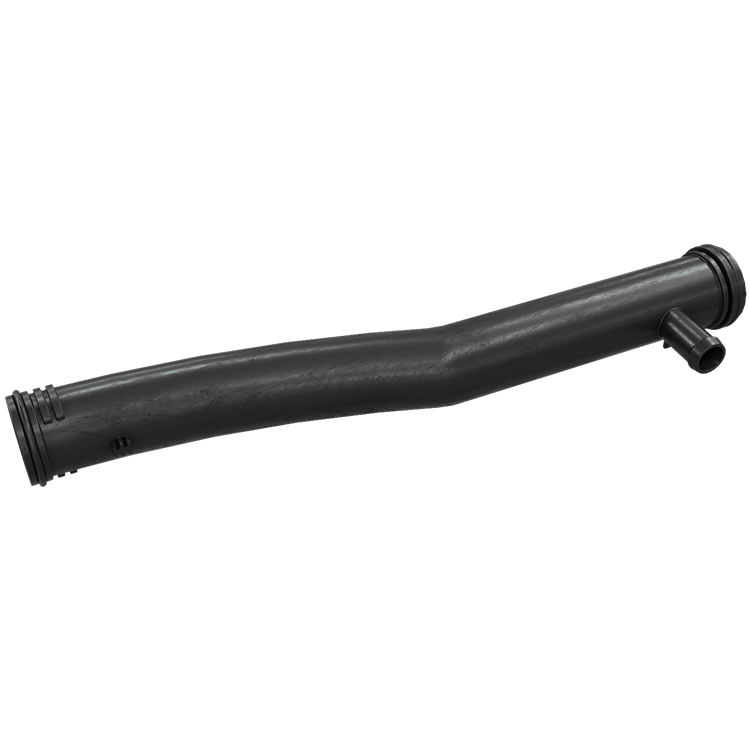
Cooling Pipe
11 of 17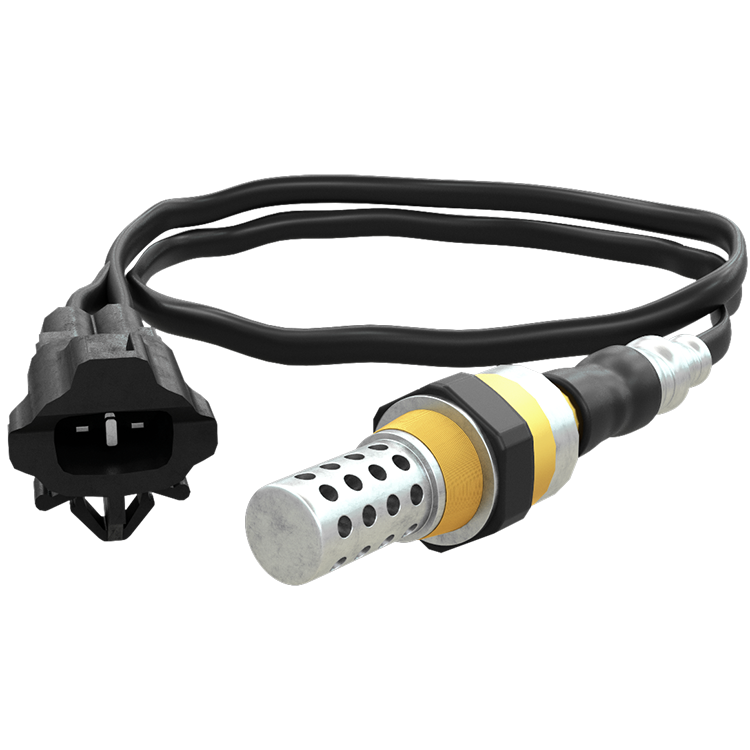
Lambda Sensor
12 of 17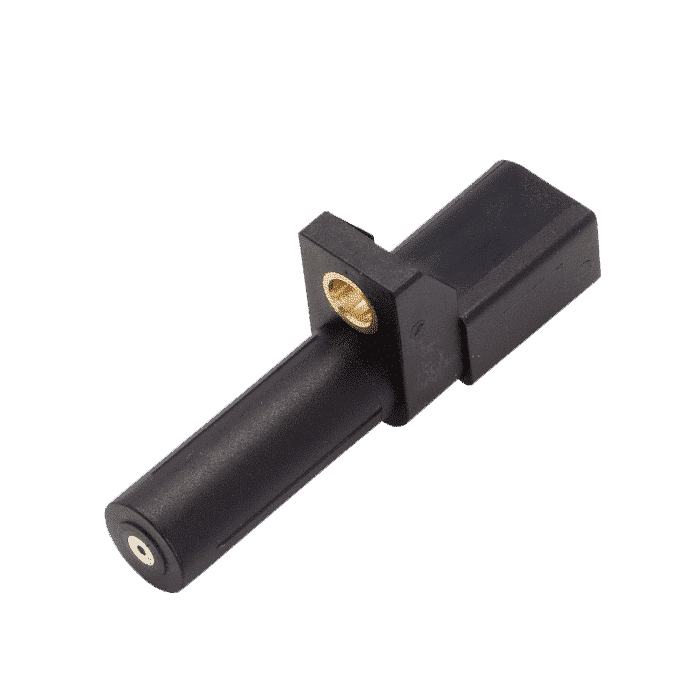
Camshaft & Crankshaft Sensor
13 of 17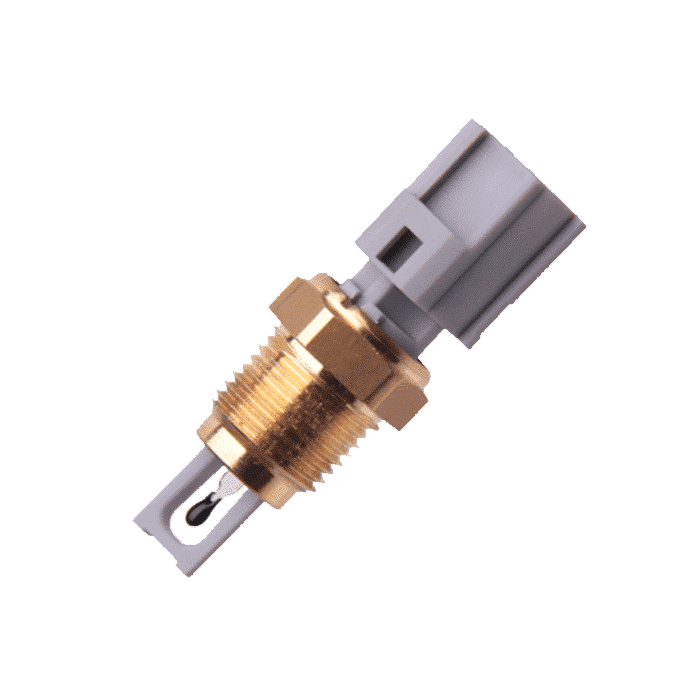
Air Temperature Sensor
14 of 17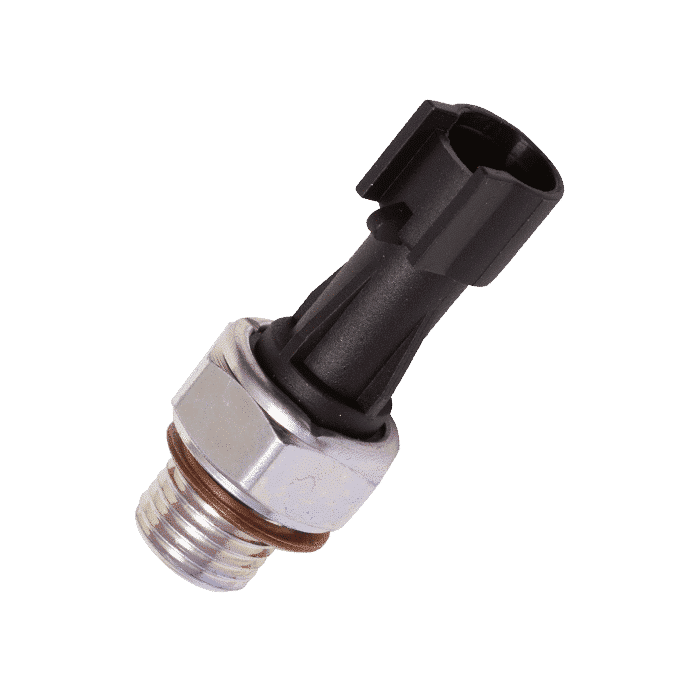
Oil Switch
15 of 17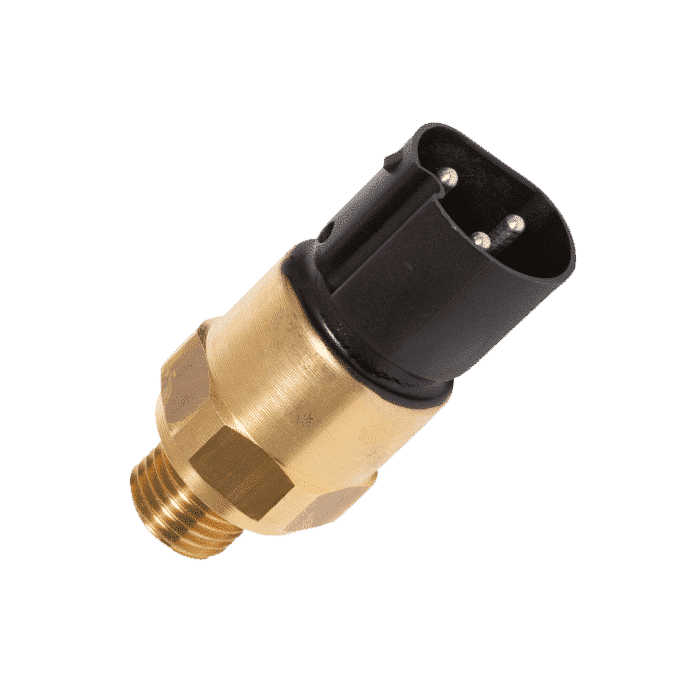
Thermoswitch
16 of 17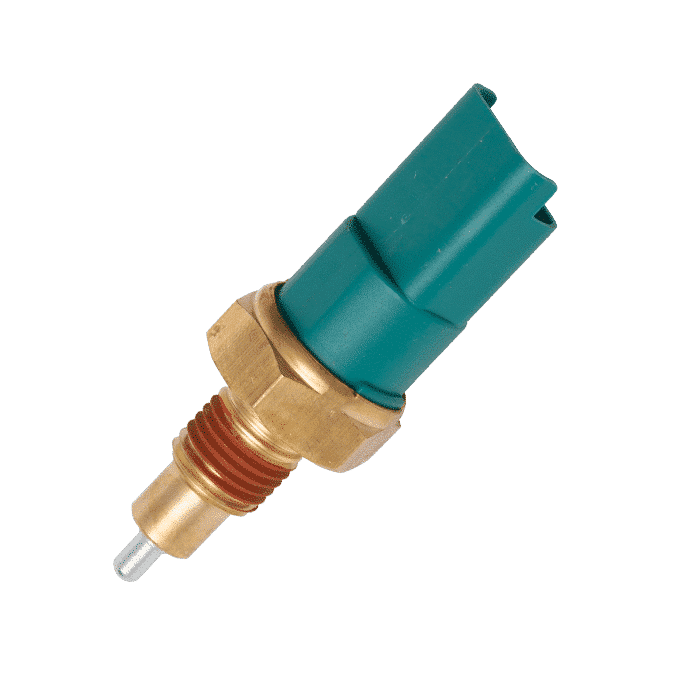
Reversing Light Switch
17 of 17